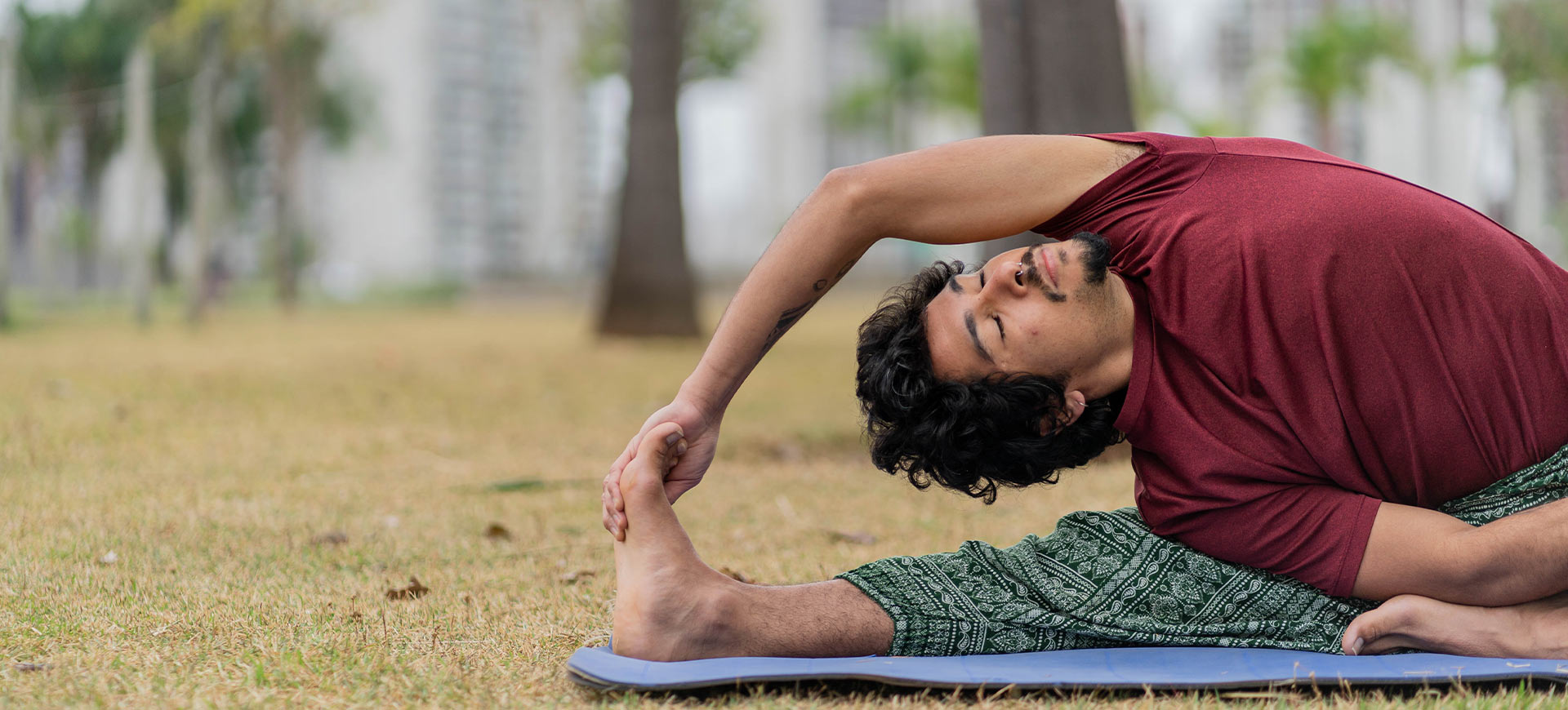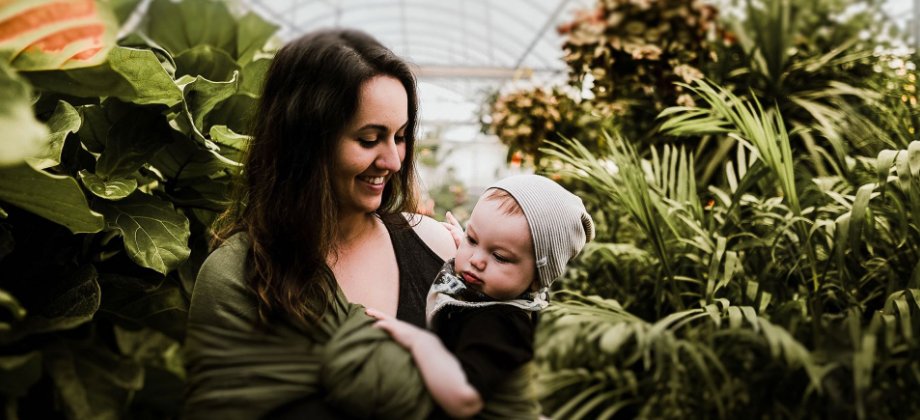
5 Ways to Maintain a Healthy Yogi-Teacher Relationship in Yoga
Yogi-teacher relationships are an integral part of yoga. As a yoga teacher, you want to offer your yogis a safe and open environment to practice in. But how do you make sure your boundaries aren’t overstepped?
The yogi cornering you after class and dropping a pile of health issues on you. Or the one chit-chatting away when your studio was supposed to close up an hour ago. The often casual atmosphere of a yoga studio can blur the boundary lines between teacher and yogi.
Setting up boundaries is not only important for you as a teacher to protect your own boundaries. It’s important for your yogis as well. The yoga practice creates sensitive situations you should approach thoughtfully to ensure both you and your yogis feel safe and respected.
Teaching a group of yogis is a delicate thing, no matter what you’re teaching. But especially in yoga, with all kinds of people showing up to class, maintaining a healthy relationship that includes boundaries is easier said than done.
The relationship between teacher and yogi is an integral part of teaching yoga. Here are five ways to strengthen your relationships and set healthy boundaries at the same time.
Teach what you know
Luckily, most teacher trainings cover this subject. But just in case, here’s a little refresher; you’re not a doctor/physiotherapist/insert any other health profession here. Even if you have the qualifications, you should carefully consider whether a yoga class is an appropriate environment to discuss any health-related issues.
Your safest bet is to stick to what you know and teach along those lines. If you’ve never done a handstand in your life, you won’t teach an entire class of yogis how to do one, right?
As a teacher, it’s good to encourage yogis to share possible injuries or restraints with you prior to class. You can then go ahead and include adjustments or alter your class a bit to make it more suitable. But that’s where your responsibility stops.
You’ll inevitably have yogis come up to you and ask what they can do about certain injuries or pains. It’s natural that your teacher's instinct of wanting to help kicks in here, thinking of poses you could offer that ease the pain. But what happens if said yogi goes and does these poses, only to increase the injury? Human bodies are complex, and without proper knowledge of the injury and the cause of the injury, this is a plausible scenario you’d want to avoid at all costs.
So, what can you do? Instead of shutting someone down mid-sentence, there is still a way you can offer your help, which is by referring to specialists. I like to keep a network of specialists handy, people that were either recommended to me or that I personally endorse. This way, I can offer yogi’s a more tangible solution by pairing it with a personal recommendation.
There are countless ways to prepare your body and mind to teach, but the most important one is that it should be something that resonates with you.
Ask for permission
Ever heard the saying you should lead by example? A yogi-teacher relationship works both ways. There are ways to set boundaries to protect yourself, but you shouldn’t leave out the option for your yogis to set their own. This is key to a relationship in which both parties are respected.
The best way to go about this is by finding a way that takes your comfort and the yogi's comfort into consideration. Yes, you could pop over to a yogi and ask if it’s okay to assist amidst a jam-packed class, but chances are they will say yes in sheer terror of telling their teacher no in front of an audience.
An inclusive way of asking permission is asking all yogis who would like hands-on adjustments simultaneously. If you teach a very busy class, you can give the option to answer physically. For example: if your class is lying in Savasana, ask yogis to place one hand on their hearts if they are open for adjustments.
Temper expectations by being vocal about how you may come by to adjust if time permits. If there are 5 minutes left on the clock and twenty-something yogis placed their hands on their hearts, there is no way you can adjust them all.
Another way to ask for permission in an inclusive way is by offering your yogis cards. One side says it’s A-okay to assist hands-on; the other politely declines. Ask yogis to place them at the top of their mat, with their answers visible. This is a big emphasis on adjustments, so during a regular class, this may be excessive. But it’s a great tool to use during live workshops, for example.

Preserve your energy
To care for others, you have to take care of yourself first. Teaching a full class is a tough gig as is. But it gets even more challenging when you’re severely sleep-deprived and making over hours daily.
Setting specific boundaries to preserve your energy will help you stay in a positive and open mindset, something you need when teaching a diverse group of people.
Here are some ways to preserve your energy:
Take time off – From a planned evening spent in solitude to a vacation of a couple of weeks and everything in between, it’s important to take time off regularly to rest, rejuvenate and reset.
Track your time – The only way to spend your time wisely is by knowing what you spend time on in the first place. This will visualize where you could maybe save up some time you can spend on yourself.
Prioritize sleep – Being a yoga teacher is an active role. Apart from the asanas, there is the fact that you’re dealing with a lot of social interaction and often work odd hours. Prioritizing your sleep to ensure you reach 7 to 8 hours every night will work wonders to stay healthy.
Don’t forget your own practice – So important, we’ve written several other blog posts about it. In short, don’t forget your own practice, on and off the mat, to keep stress at bay and take care of yourself.
Find your rituals
When you think of setting boundaries, you often think of ones that directly impact others. By setting boundaries that impact yourself, you remain in control. Rather than others should respect your time, you can focus on only staying 15 minutes after class to chat, for example.
This isn’t an easy one since you’ll need to hold yourself accountable. It might be helpful to tie rituals to them. We’re creatures of habits, so finding personal rituals that help you deal with all aspects of teaching yoga can make a tremendous impact.
Taking a shower every time you finish teaching a class to visualize the energy rinsing off. Meditating prior to class to keep a steady mind and stick to a specific intention. Or the less yogi-like but very effective ritual of calling your mom to vent for a bit. Whatever it is you need to do, do it.
Being mindful about your teaching will eventually reflect upon the environment you create for your yogis to practice in. There are countless ways to prepare your body and mind to teach, but the most important one is that it should be something that resonates with you.
Final thoughts
The nature of teaching yoga is very social, which opens up doors to a lot of sensitive situations. Add up the often casual setting of a yoga studio, and lines get blurry fast.
Setting healthy boundaries is essential to offer your yogis a safe and open environment to practice in. Hopefully, this article sparked the inspiration to set your own!






